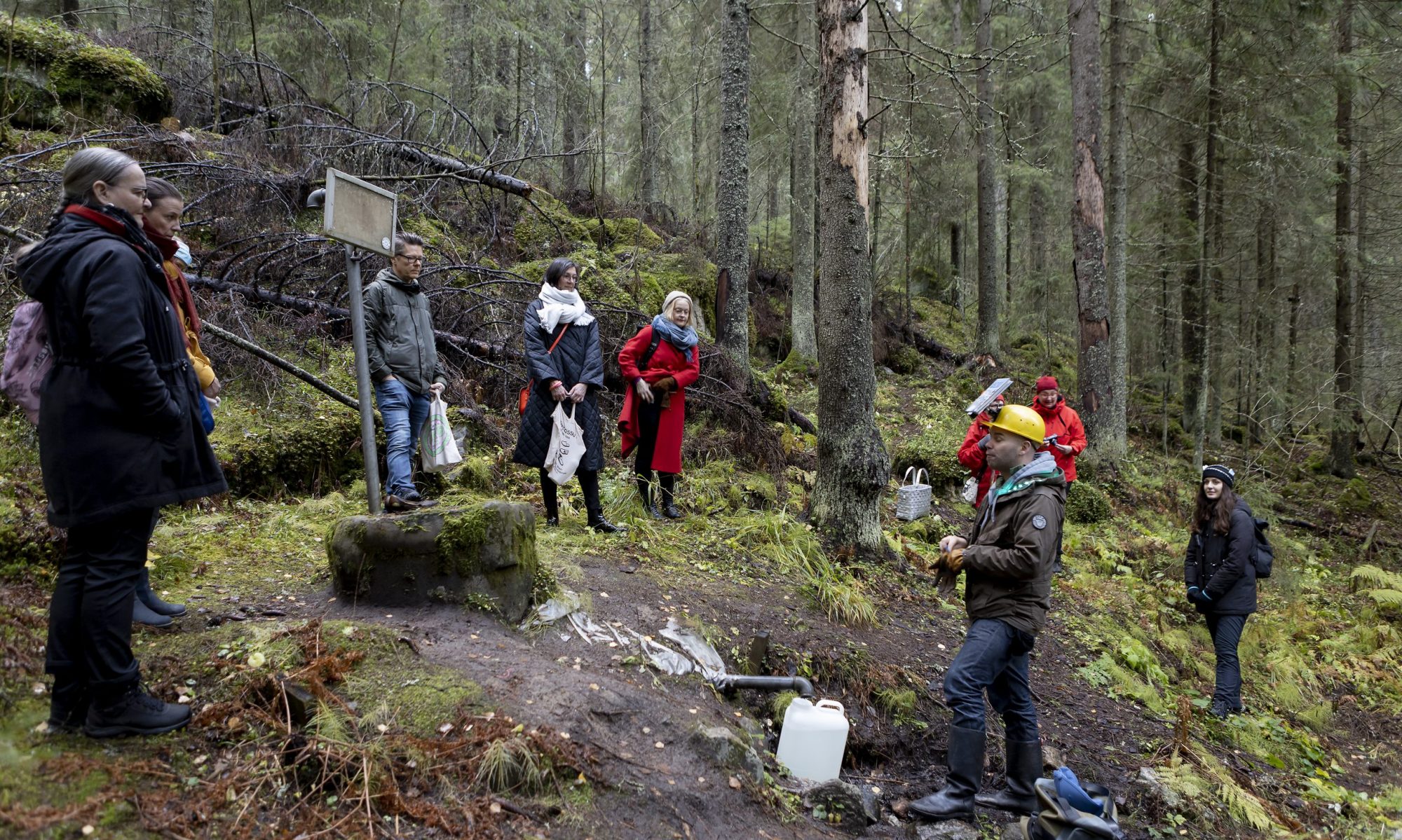YLE news is celebrating our “1gen NATO recruits” and nothing critical is being published. I resigned from the Finnish army reserve in protest. The process in which our NATO application was decided on was an abomination. Decision making bodies in the government used mass hysteria, which the State of Russia’s attack on Ukraine caused, to usher the plans forwards. There were no debates, no critical discussions and Finland did not issue terms for the alliance. We are likely getting NATO bases in Finland, which will likely be armed with nuclear weapons. 80 years of work for peace down the drain!
In peak hysteria, news outlets explained that we cannot vote on joining because of possible Russian influence in public debates. We abandoned democracy: Through its actions our state revealed that it deems democracy too weak to be trusted, opted not to strengthen it and assumed an authoritarian position. It is well known that generals wanted Finland to join NATO for a long time. This is most likely because Finland’s population is ageing and there are not enough young men to protect the infra baby boomers built: There was not enough nation to protect the nation.
Our army was running out of flesh, which made bigger partners appealing. One of the horrors of our particular NATO alliance, which was not discussed during the process, is that our army is a conscription army where young men have to serve a minimum of 6 months. Kids are forced by law to serve and I’m sure they will be offered career possibilities in NATO. In the article linked above, kids express excitement for the opportunity to learn English with NATO! Finland is turning into a recruitment centre because our boomer zombie generals gave up. Are there any processes in place tasking some to explain to young conscripts what a “nuclear weapons deterrent” is?
After resigning the reserve I was tasked to join a five day civil service training camp. The dates didn’t work for me and I asked to reschedule it. The rescheduling process is bureaucratic and I got angry. They wanted me to provide an explanation, detailing valid personal reasons for rescheduling the camp and I had no intent in exposing my affairs. After a heated debate with a civil service officer yesterday, I woke up with a fresh idea and tasked an AI to write a 1000 word apology letter detailing made up “work reasons” for the rescheduling.
The letter was nonsensical jargon and it was accepted by the officer. A zombie who gave up. But I’m now more angry than before… Our society and its institutions are being demolished by cynicism and a lack of responsibility. Overworked civil servants are tasked to maintain an appearance of a democratic state with proper systems for evaluating decisions, but due to stress, instead of working officers copy&paste extracts of rules and regulations to fill the message fields. They do this to justify reasoning for affairs they don’t believe in. Then people, subjected to these whimsical raps respond to them with messages supplied by free to use AIs.
What is the endgame our state is working towards? I’m sort of digging the current cyberpunk phase where automated defence systems target each other while humans spend their days supplying corporate AIs with data. But my anger is growing and I have to think about something before I turn cynical too. We are turning into a nightmare in gray-literature. Our society produces text which is not meant to be read, only to be browsed trough and understood trough its volume and timing.

